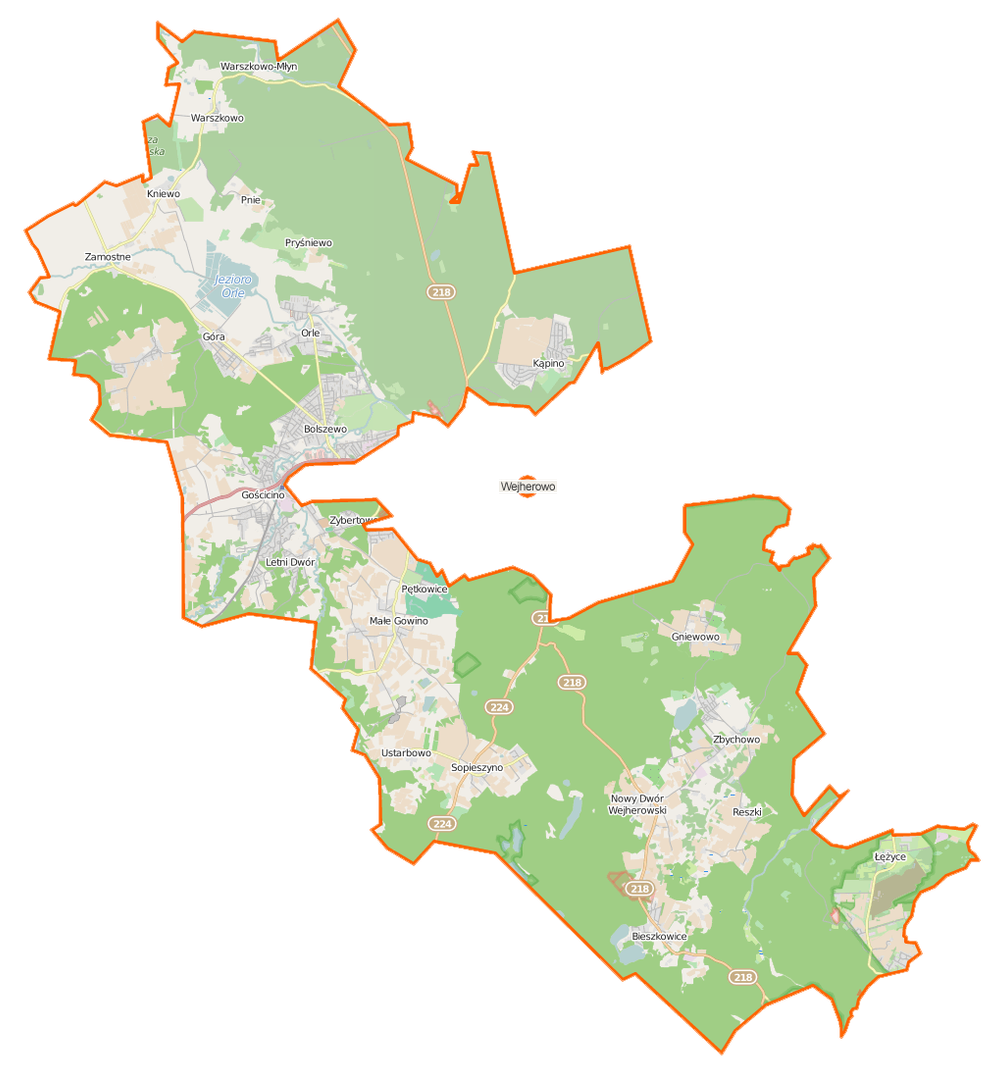Wejherowo
7.07

Overview
The Wejherowo Commune, located in the Pomeranian Voivodeship within Wejherowo County, is part of the Tri-City metropolitan area. Covering an area of 194.08 km², the commune consists of 16 village districts, with 32% of its land dedicated to agricultural use and 58% covered by forests. The administrative seat is in Wejherowo, and as of June 30, 2023, the population is 30,509. Established in 1934 through the merger of several administrative units and manor areas, the commune was incorporated into Nazi Germany during World War II. After the war, it was reintegrated into the Morski County but dissolved in 1954. It was reestablished in 1975. Wejherowo Commune is known for its rich history, including the tragic events related to the extermination of Polish and Kashubian people in Piaśnica. Today, it is the largest rural commune in the county. The area boasts valuable natural sites, such as the Gałęźna Góra and Lewice nature reserves, as well as part of the Tri-City Landscape Park, attracting nature enthusiasts. It borders Gdynia, Gniewino, Krokowa, Luzino, Puck, Reda, Rumia, Szemud, and Wejherowo, making it a convenient gateway to various attractions. Architecturally, the region features traditional rural buildings alongside modern infrastructure, reflecting the commune's dynamic development within the metropolitan area. Interestingly, the commune is growing rapidly, adapting to residents' needs and changing surroundings while prioritizing environmental protection and local culture.
Location
Tickets
Powered by GetYourGuide
You can also find here:
2025 Wizytor | All Rights Reserved
